Climbing Twinleaf
Display all 6 images
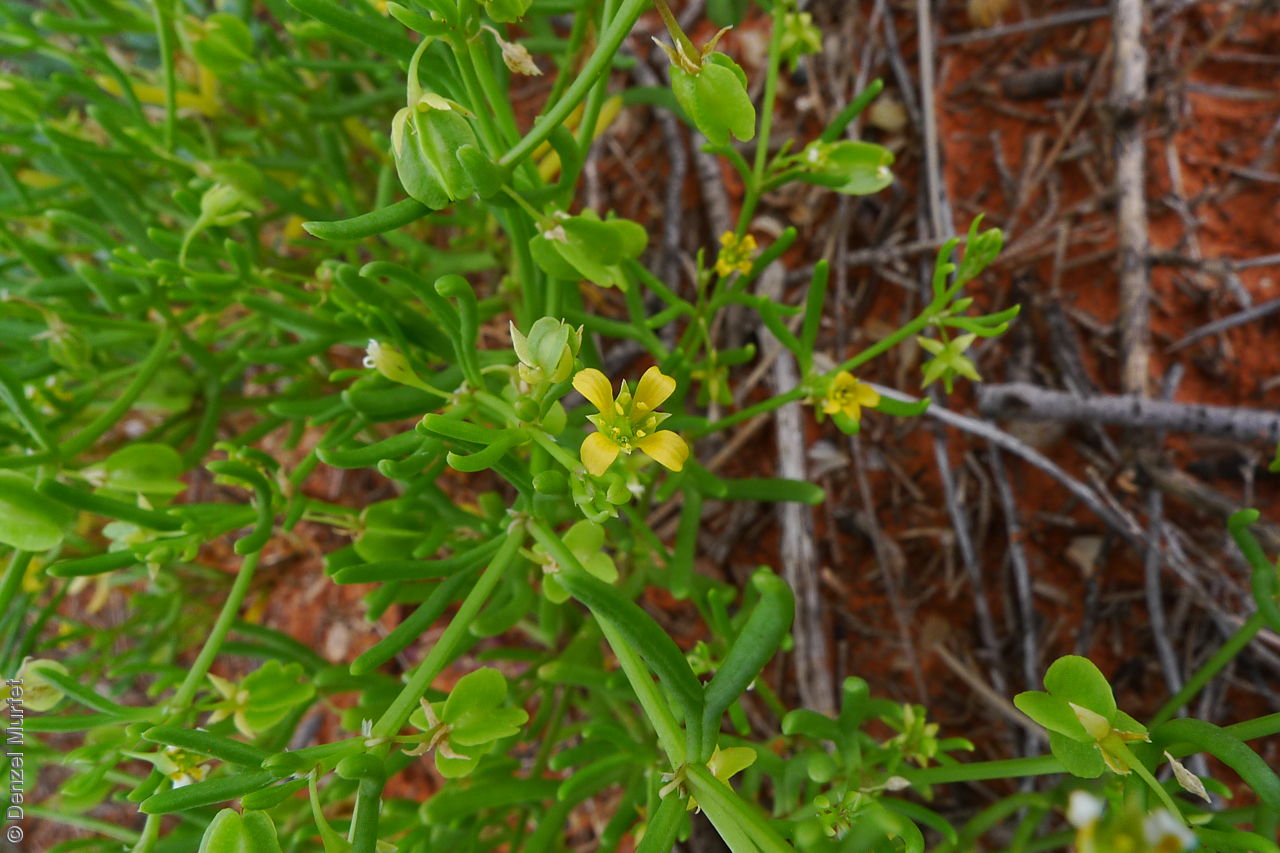

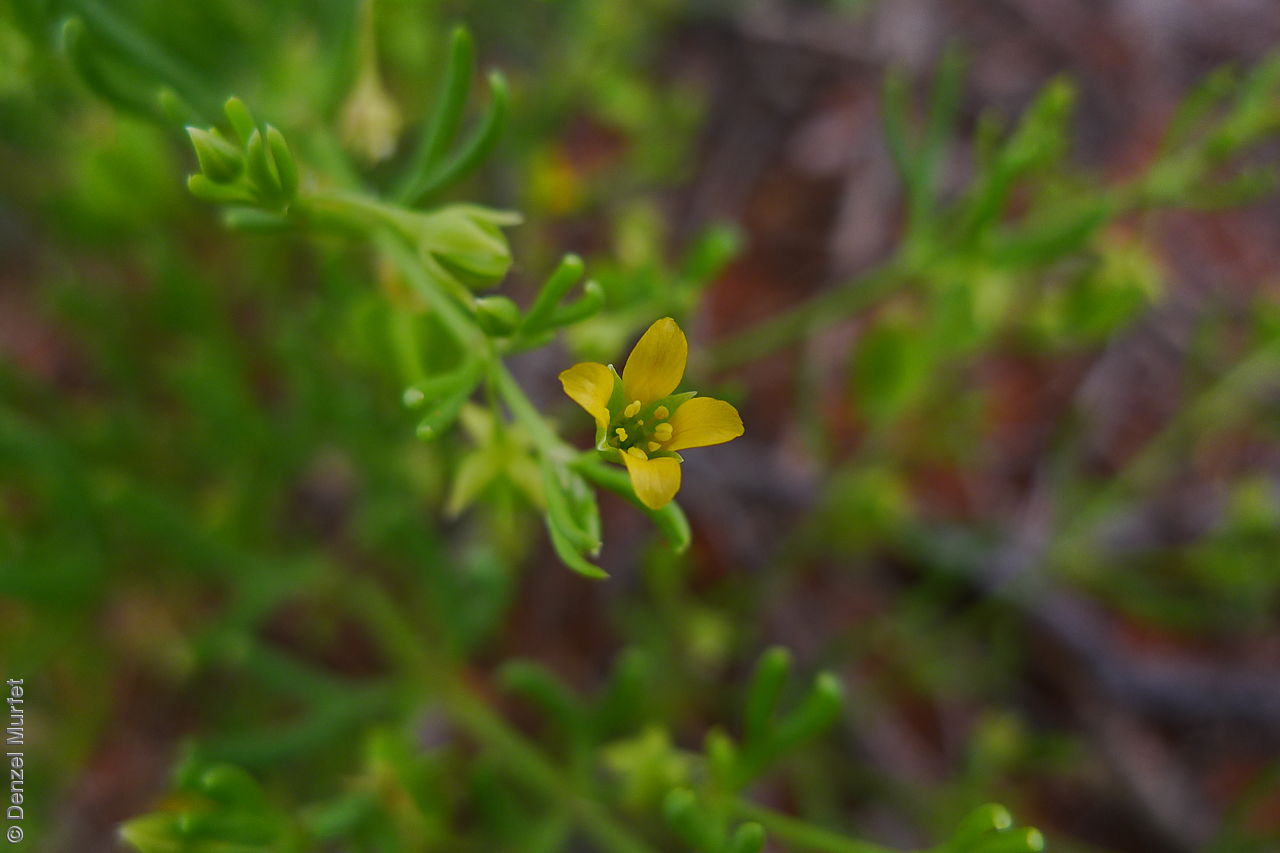
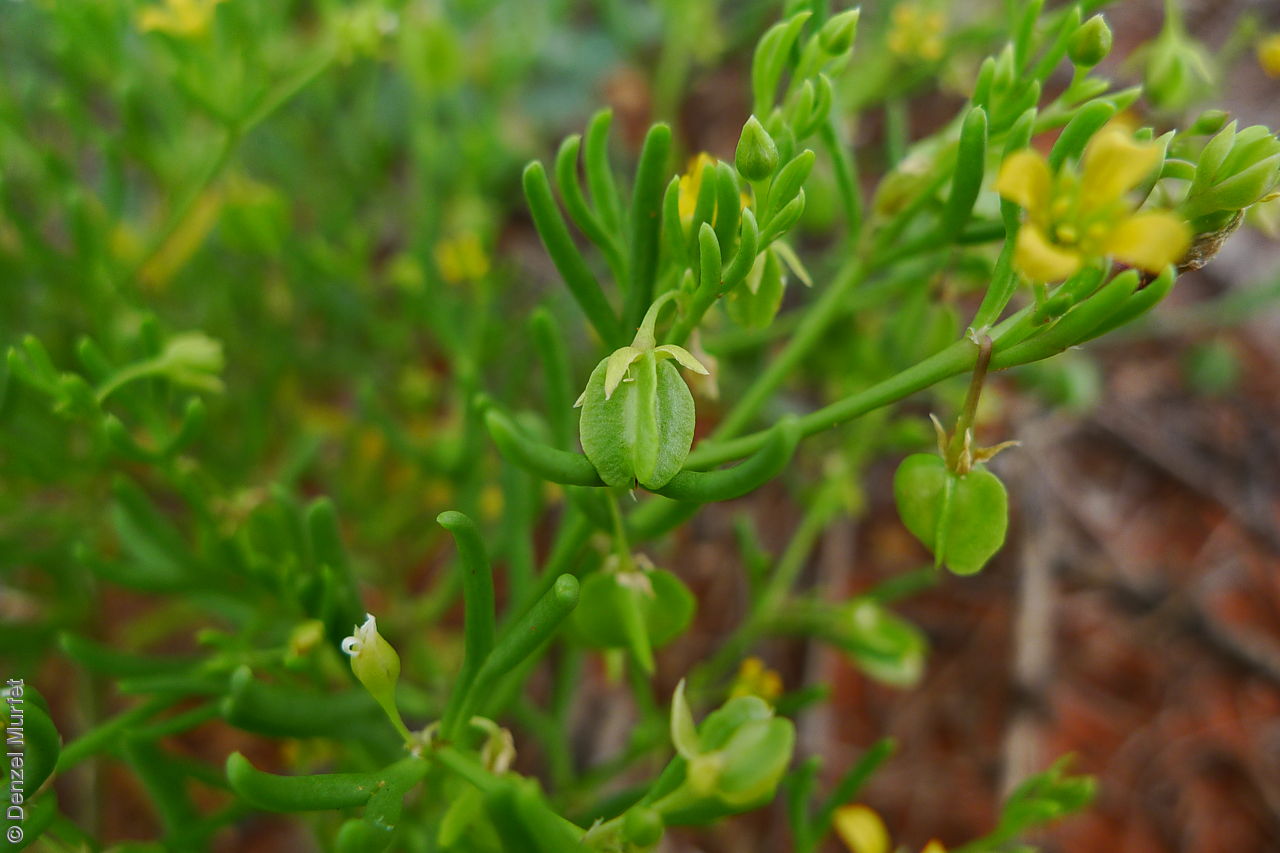
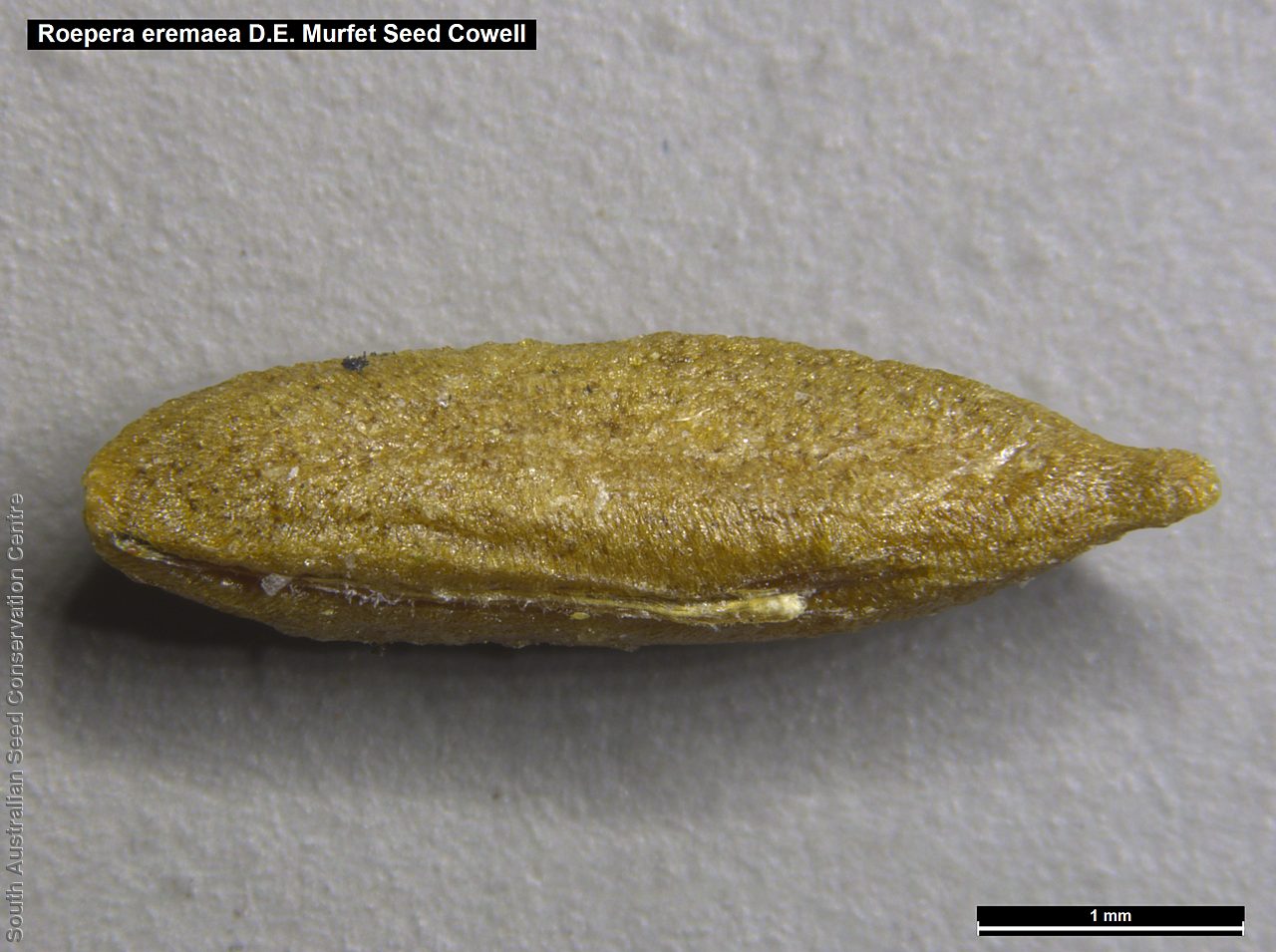
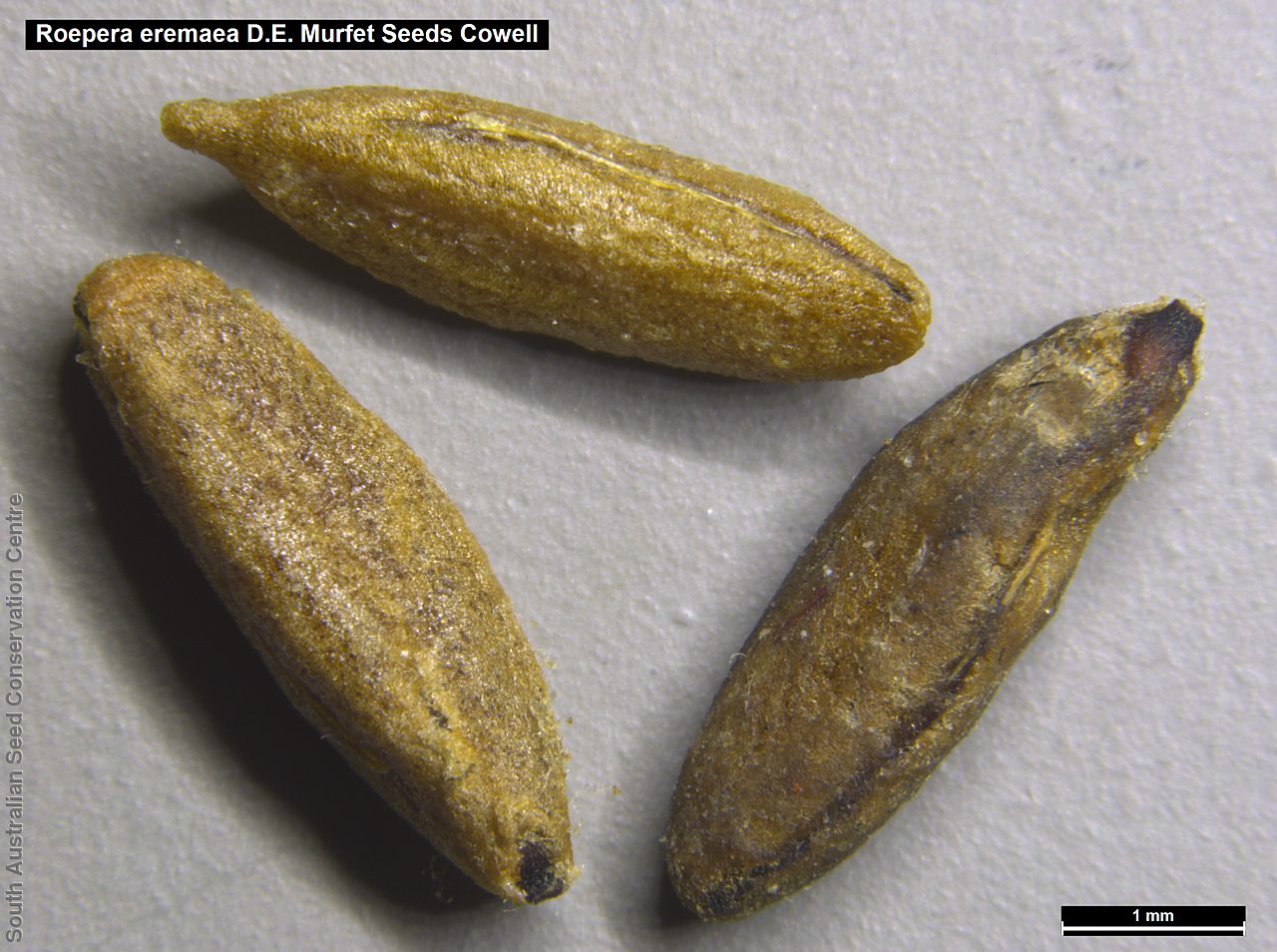
Regional Species Conservation Assessments per IBRA subregion.


Least concern
Near threatened
Rare
Vulnerable
Endangered
Critically endangered
Extinct
Data deficient
Adelaide
Arkaroola
Ceduna
Coober Pedy
Hawker
Innamincka
Marla
Marree
Mount Gambier
Oodnadatta
Renmark
Wudinna
Keith
Yunta
Display IBRA region text
| Olary Spur (FLB03) | Flinders Lofty Block | Near Threatened (Probable Decline) [Decline in distribution, mostly roadsides, possibly undercollected] |
| Southern Flinders (FLB04) | | Near Threatened (Probable Decline) [Decline in distribution, mostly roadsides, possibly undercollected] |
| Northern Flinders (FLB05) | | Rare (IUCN: RA d(ii)) |
| Central Flinders (FLB06) | | Rare (IUCN: RA d(ii)) |
| Eyre Hills (EYB03) | Eyre Yorke Block | Rare (IUCN: RA d(ii)) |
| Talia (EYB04) | | Rare (IUCN: RA d(ii)) |
| Eyre Mallee (EYB05) | | Rare (IUCN: RA d(ii)) |
| South Olary Plain (MDD01) | Murray Darling Depression | Least Concern |
| Murray Mallee (MDD02) | | Rare (IUCN: RA d(ii)) |
| Braemer (MDD07) | | Near Threatened (Probable Decline) [Decline in distribution, mostly roadsides, possibly undercollected] |
| Murray Scroll Belt (RIV06) | Riverina | Least Concern |
| Myall Plains (GAW01) | Gawler | Least Concern |
| Gawler Volcanics (GAW02) | | Least Concern |
| Gawler Lakes (GAW03) | | Least Concern |
| Arcoona Plateau (GAW04) | | Least Concern |
| Kingoonya (GAW05) | | Least Concern |
| Torrens (GAW06) | | Rare (IUCN: RA d(ii)) |
| Roxby (GAW07) | | Least Concern |
| Commonwealth Hill (GAW08) | | Least Concern |
| Maralinga (GVD03) | Great Victoria Desert | Least Concern |
| Kintore (GVD04) | | Near Threatened [undercollected] |
| Tallaringa (GVD05) | | Least Concern [undercollected] |
| Yellabinna (GVD06) | | Least Concern |
| Nullarbor Plain (NUL02) | Nullarbor | Least Concern |
| Yalata (NUL03) | | Least Concern |
| Breakaways (STP01) | Stony Plains | Least Concern [undercollected] |
| Oodnadatta (STP02) | | Near Threatened [undercollected] |
| Witjira (STP06) | | Near Threatened [undercollected] |
| Mann-Musgrave Block (CER01) | Central Ranges | Near Threatened [undercollected] |
| Watarru (CER02) | | Least Concern [undercollected] |
| Everard Block (CER03) | | Near Threatened [undercollected] |
| Tieyon (FIN03) | Finke | Near Threatened [undercollected] |
| Pedirka (FIN04) | | Near Threatened [undercollected] |
| 4 of 6 subregions | Flinders Lofty Block | Near Threatened , Rare |
| 3 of 5 subregions | Eyre Yorke Block | Rare |
| 3 of 6 subregions | Murray Darling Depression | Least Concern , Near Threatened , Rare |
| Murray Scroll Belt (RIV06) | Riverina | Least Concern |
| 8 of 8 subregions | Gawler | Least Concern , Rare |
| 4 of 4 subregions | Great Victoria Desert | Least Concern , Near Threatened |
| 2 of 3 subregions | Nullarbor | Least Concern |
| 3 of 7 subregions | Stony Plains | Least Concern , Near Threatened |
| 3 of 3 subregions | Central Ranges | Least Concern , Near Threatened |
| 2 of 2 subregions | Finke | Near Threatened |
Botanical art
Kath Alcock paintings: 4
Prior names
Zygophyllum eremaeum
Zygophyllum aurantiacum var. eremaeum
Zygophyllum fruticulosum var. eremaeum
Common names
Climbing Twinleaf
Etymology
Roepera (formally Zygophyllum which is from the Greek 'zygon' meaning pair and 'phyllon' meaning leaf; referring to the pair of leaflets making up each leaf) is named after Johannes August Christian Roeper (1801 -1885), a German botanist and physician. Eremaea from the Greek 'eremos' meaning desert and suffix 'eum' meaning belonging to; referring to the habitat of the species in semi-arid areas.
Distribution and status
Found in the northern part of South Australia, growing on calcareous sand and stony red-brown sandy loam often scrambling into taller shrubs. Also found in all mainland states. Native. Common in South Australia. Uncommon in Queensland. Common in the other states.
Herbarium regions: North Western, Lake Eyre, Nullarbor, Gairdner-Torrens, Flinders Ranges, Eastern, Eyre Peninsula, Murray
AVH map: SA distribution map (external link)
Plant description
Weak perennial (sometimes annual) subshrub to 40 cm high, sometimes scrambling or climbing for several metres. Leaves Y-shaped, succulent, green, leaflet linear to terete, to 20 mm long and 3 mm wide, continuous with petiole, spreading, apex acute. Inflorescence solitary at each node with pale lemon-yellow flowers. Flowering between July and October. Fruits are pale brown round papery capsule to 13 mm long, with 4 very thin vertical wings. Seeds are pale brown, oblong-shaped to 4.5 mm long and 2 mm wide, with fine pitted surface. Seed embryo type is spatulate fully developed.
Seed collection and propagation
Collect seeds between September and December. Collect semi-dried and dried capsules by running your hands through the stems of the plant. Mature fruits will come off easily and will have a hard and dark seed inside each segment. Place the capsules in a tray and leave to dry for 1 to 2 weeks, depending on how green the fruit is. Then rub the dried capsules to dislodge the seeds. Use a sieve to remove the unwanted material. Store the seeds with a desiccant such as dried silica beads or dry rice, in an air tight container in a cool and dry place. Seed viability is usually high.







